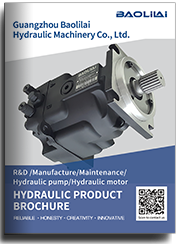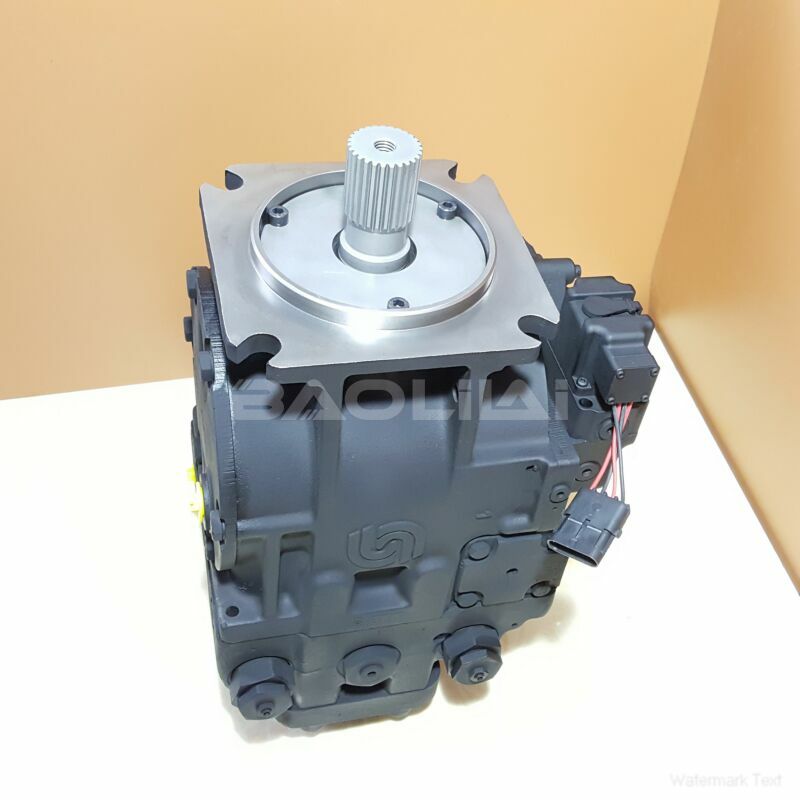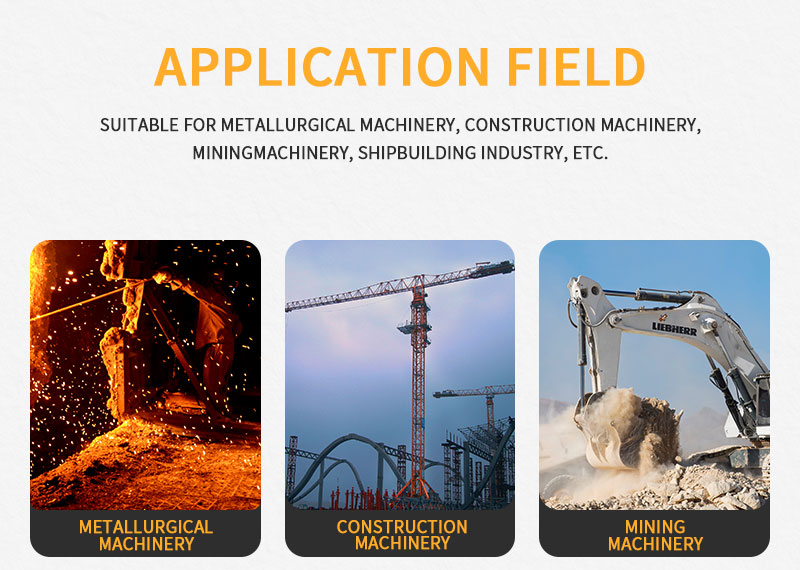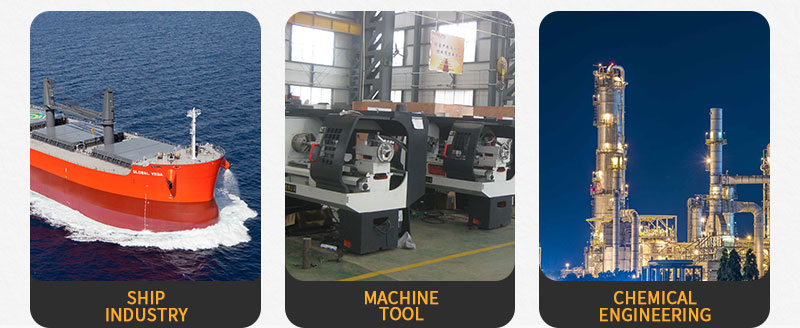90L100KA5BC80S7S1E09FAC353530 plunger pumps
90L100KA5BC80S7S1E09FAC353530 plunger pumps

- Product Details
- Applicable Scene
90L100KA5BC80S7S1E09FAC353530 plunger pumps play a crucial role in various industries, particularly in applications involving the transportation of corrosive and abrasive fluids. Their ability to handle harsh chemicals and operate efficiently under pressure makes them a preferred choice in sectors like petrochemical, water treatment, pharmaceuticals, and food processing. Understanding how these pumps are designed for chemical resistance is essential for engineers and operators alike.
Model Code :90L100-KA-5-BC-80-S-7-S1-E-09-FAC-35-35-30
Model Code :90L100KA5BC80S7S1E09FAC353530
The design of plunger pumps for chemical resistance mainly revolves around selecting appropriate materials, incorporating protective coatings, and ensuring effective sealing mechanisms.
90L100KA5BC80S7S1E09FAC353530 plunger pumps.One of the primary factors in designing chemical-resistant plunger pumps is the choice of materials. Common materials used in the construction of plunger pumps include stainless steel, high-density polyethylene (HDPE), and various alloys such as Hastelloy and Inconel. Stainless steel, particularly grades 316 and 304, is widely utilized due to its excellent corrosion resistance and strength. In applications where even higher resistance to aggressive chemicals is necessary, special alloys that can withstand extreme environments are employed.

Model No.ldent No. :83027942
In addition to selecting the right materials, manufacturers often apply protective coatings to enhance the durability of the pump components. These coatings are designed to provide an extra layer of defense against chemical attack. For instance, ceramic coatings can be applied to the surfaces of plungers and cylinders to improve wear resistance and protect against corrosive media. Furthermore, polymer coatings may also be used to prevent contact between the fluid and the metal parts of the pump, thus significantly extending the operational life of the equipment.





